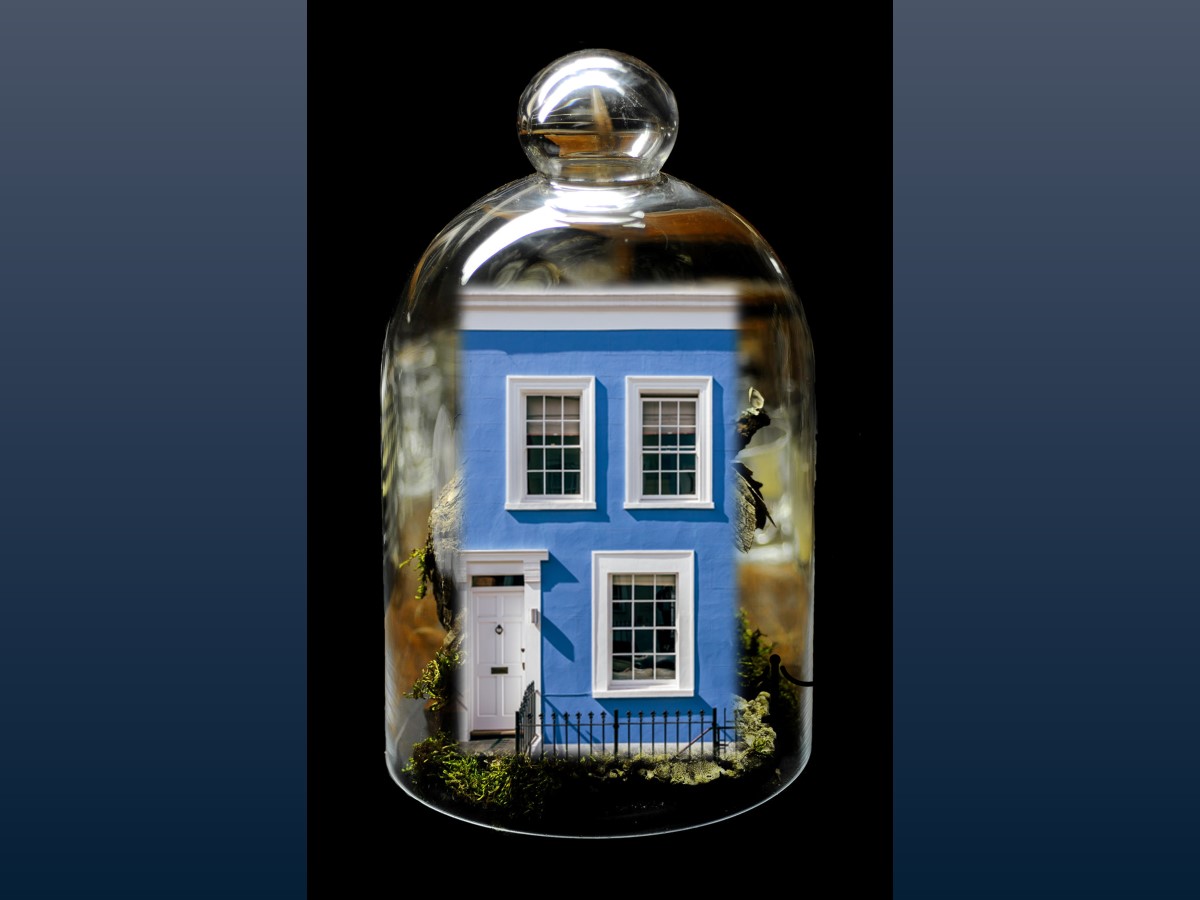The Annual Carol Sprachman Lecture, November 14th, 2024, Montreal Quebec, presented by the Canadian Federation of the Friends of Museums
An excerpt from “Heritage Preservation: A Conservation Movement for the 21st Century,” the Sprachman Lecture presented by Dr. Patricia Kell, Executive Director of the National Trust for Canada.

Physical spaces – buildings, gardens, forest paths – are the stage sets for our lives. We care about these places because they make meaning for us. They tell us about who we are, where we have come from, and set the context for where we are going. Like all of us who inhabit them, these physical spaces are constantly changing and evolving, and even as we ‘conserve’ places, we add our own layer of history and meaning to them.
And so, Heritage is Living. It both defines who we are and in turn is shaped by us in the image of our desires for society. Heritage is not static but a dynamic process that responds to our needs and desires. Heritage conservation is critical for preserving and understanding our past, but it also must respond to the contemporary world.
For many people, heritage conservation is more than they think. It is not about putting beautiful buildings under a bell jar or behind a velvet rope and we do a disservice to heritage and to society when we confine it to that. This article examines the many ways that heritage conservation creates value and makes meaning for Canada in 2024. Heritage is a dynamic force that reflects contemporary social, cultural, and environmental changes. How do we make sense of saving the past, while society is hurtling ever faster into the future? It is because those two things are not opposed but inextricably linked.
Today built heritage, which might be more accurately called place-based heritage, includes archaeological sites and landscapes which may not have any obvious man-made features, but which are infused with value through human use. A heritage place, which I use interchangeably with historic place, is any place that is valued by people based on previous (and often current) use or association. This includes buildings and landscapes that are culturally meaningful and connected to shared memory as well as past investments of skill and materials. It is broad and deep and does not involve an arbitrary cutoff date 40 or 50 years ago.
If we look at Canada today, it is not that easy to get an overall picture of heritage places. There are about 15 million buildings in Canada of which about one-tenth or 1.4 million were built before 1945. With the sadly incomplete state of the Canadian Register of Historic Places, there is no one source for all the places which have been designated for their historic importance. The number also varies depending on what you count and how you interpret the differences in heritage legislation across the country. But we know that the number is somewhere in the range of 20-30,000 places.
We also know that there are 436 historic sites that operate as museums and another 324 museums that identify as historic sites. That is a total of 760 historic places that are devoted to preserving the past and sharing stories with the public. There are 3757 full- and part-time employees at these places and a staggering eight times as many volunteers as full-time employees (6819). It is truly a sector that depends very much on the energy and enthusiasm of volunteers.
In recent years we have seen significant challenges to the integrity of the systems to protect heritage places which had been laid down over the last five decades. The housing crisis and a desire to create greater density in cities has put pressure on a system that is often viewed as anti-progress and perceived as disproportionately benefitting the rich. And so, on the one hand, heritage districts have been rezoned for higher density and, in one particularly blunt example, the Government of Ontario declared that the heritage act would simply not apply at Ontario Place, a site which had been designated by ministerial order. Critiques of history which argue that a view of the past focused only on the European settler colonial experience or the contributions of “great” men needs to be replaced and cultural institutions, including historic sites, need to lead that charge are met with equally biting critiques of “woke-ism” and concerns about re-writing history.
These are real concerns that relate to broader cultural and political currents in society. Heritage places are not immune to criticism and, in fact, often have difficulty getting traction for what is, according to Revenue Canada, a public good but is often seen as a public and private nuisance. So, what needs to change for the preservation of older places to lose the dusty evocation of a Victorian parlour and instead resonate as an important contributor to creating the communities that we want and need.
Why does heritage conservation matter in the face of homelessness, an opioid epidemic, crushing inflation, and deteriorating international stability?
The answer is that in addition to traditional values ascribed to heritage conservation, there are important ways that heritage conservation speaks to problems of this moment and unique ways that heritage can help bring people together to move forward in positive ways.
- The heritage conservation movement can advance reconciliation
- The heritage conservation movement can advance inclusion and anti-racism
- Heritage conservation is about meeting the needs of communities today – not just preserving something that existed in the past
- Heritage conservation is worth the investment
The goal of heritage conservation is not an absolute — every community must work through what it values and set its own priorities. This very flexibility is one of its super-powers. Heritage conservation is a powerful act to nurture communities through protection, preservation and rehabilitation. As we seek to address the pressing issues of our time, heritage offers a bridge from the investments of the past to a better tomorrow. That is the promise of a heritage conservation movement for the 21st century.


Are you interested in reading the whole article in Locale Magazine this winter? Locale Magazine is a benefit of National Trust Membership. Interested in joining? Learn more: https://nationaltrustcanada.ca/what-you-can-do/join
